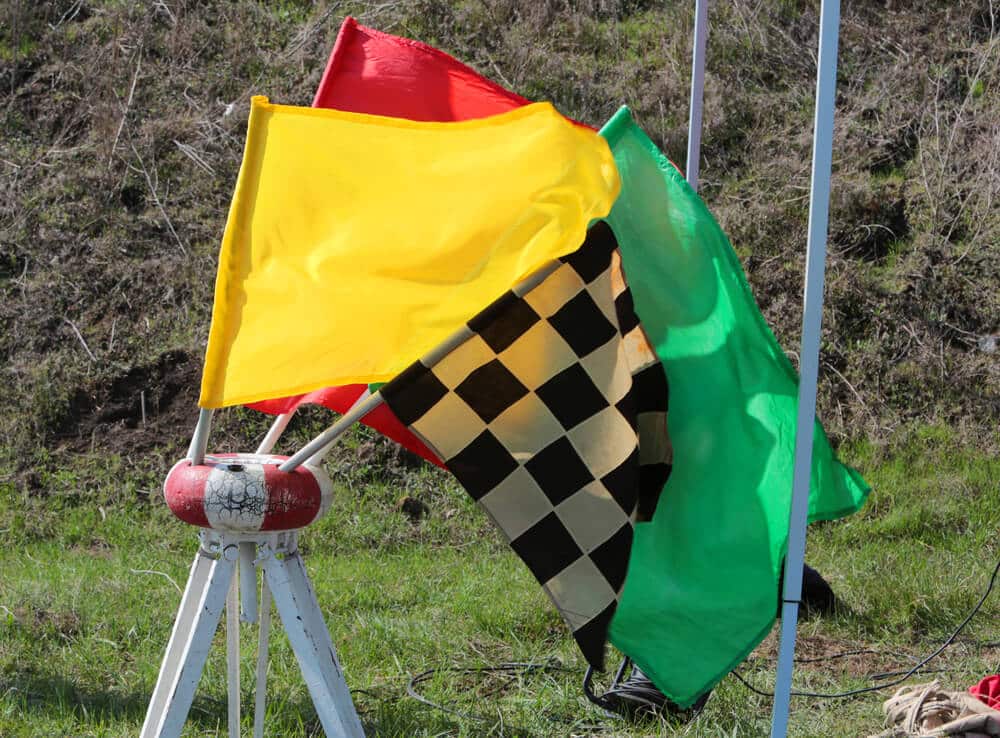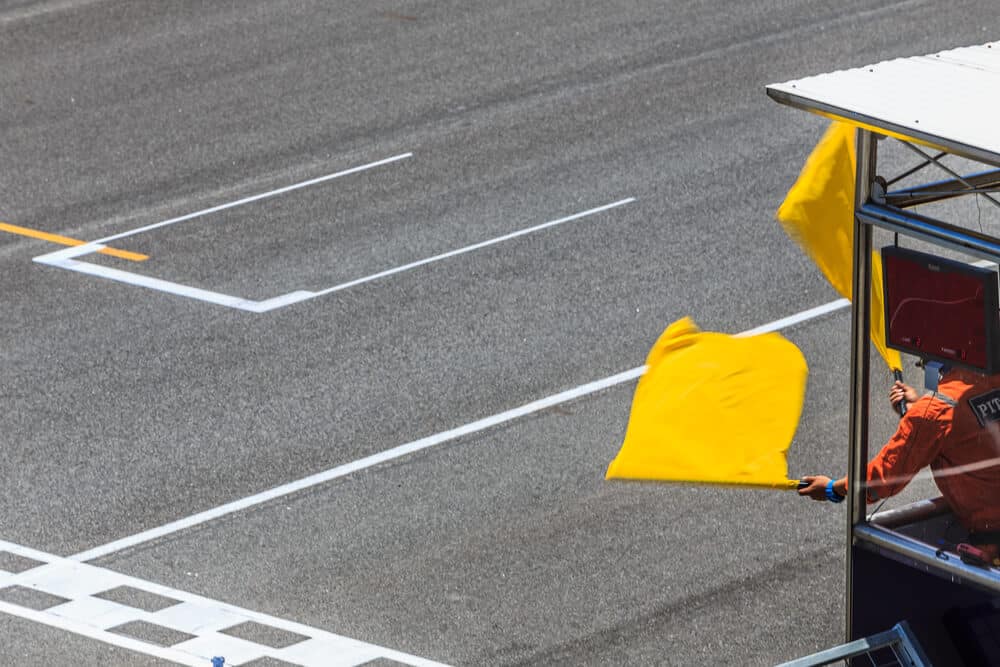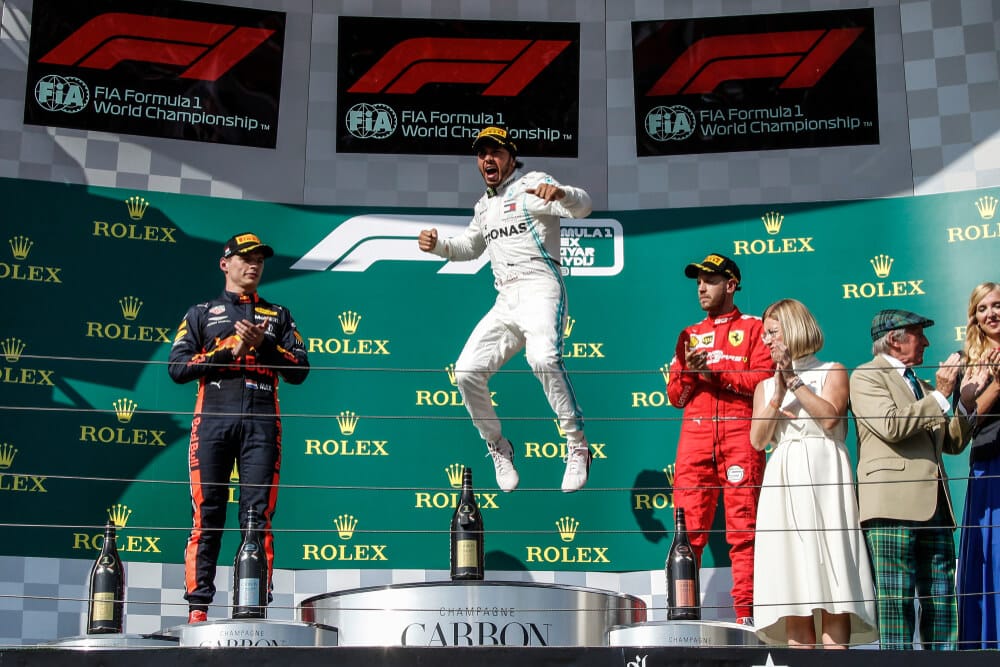The green flag is one of the most important signals in Formula One. It indicates the start of a race or the end of a caution period. In this article, we will explore the significance of the green flag in F1 racing. Including when it is used, how it affects a driver’s strategy, and how it impacts the race overall.
Table of Contents
Watch this video to understand all flags in Formula One means.
When is the Green Flag used in F1?
The green flag is used to indicate the start of a race or the end of a caution period. At the beginning of the race, the green flag is waved by the starter to signal the start of the race. During the race, if there is an incident on the track, the safety car will be deployed and the race will be neutralized. Once the incident has been cleared, the green flag is waved again to signal the restart of the race.
How does the Green Flag affect a driver’s strategy?
The green flag can have a significant impact on a driver’s strategy, as it can change the dynamics of the race. When the green flag is shown, drivers must quickly adapt to the new conditions. Making decisions about when to pit, when to push for a faster lap time, and when to conserve fuel. A restart following a caution period can be especially critical, as it can lead to a reshuffle of the running order and can create opportunities for drivers to gain or lose positions.
The green flag can have a big impact on the race, as it can change the dynamics of the race and create opportunities for drivers to gain or lose positions.
How does the Green Flag affect the race?
The green flag can have a big impact on the race, as it can change the dynamics of the race and create opportunities for drivers to gain or lose positions. The restart following a caution period is especially critical, as it can lead to a reshuffle of the running order and can create opportunities for drivers to gain or lose positions. Additionally, the green flag can also affect the teams’ strategies, forcing them to make quick decisions about when to pit and when to push for a faster lap time.
Other Coloured Flags in Formula One Racing
- Yellow flag in F1:
Indicates a hazardous situation on the track, such as a crash or debris. Drivers must slow down and be prepared to take evasive action. - Red flag in F1:
Indicates that the race has been stopped due to a dangerous situation on the track. Drivers must return to the pits immediately. - Blue flag in F1:
Indicates that a faster car is approaching a slower car and the slower car must allow the faster car to pass. - Black flag in F1:
Indicates that a driver has been disqualified and must return to the pits immediately. - Checkered flag in F1:
Indicates the end of the race.
Frequently asked questions about yellow flag in Formula One
When is the green flag shown in Formula One Racing?
What does the green flag mean in F1?
Can you be disqualified for ignoring a green flag in Formula One Racing?
Conclusion
Signaling the start of a race or the end of a caution period the flag plays a huge role during the race. Understanding the significance of the green flag and how it can affect a driver’s strategy and the race overall is important for both drivers and teams. Along with the green flag, it’s also important to be familiar with the other coloured flags used in Formula One racing. Such as the yellow flag, red flag, blue flag, black flag, and checkered flag. Each of these flags serves a specific purpose. Understanding their meanings can help drivers and teams make strategic decisions during a race.
Article sources
The green flag is one of the most important signals in Formula One. It indicates the start of a race or the end of a caution period. In this article, we will explore the significance of the green flag in F1 racing. Including when it is used, how it affects a driver’s strategy, and how it impacts the race overall.
Table of Contents
https://www.youtube.com/watch?v=nwKMx-khj90Watch this video to understand all flags in Formula One means.
When is the Green Flag used in F1?
The green flag is used to indicate the start of a race or the end of a caution period. At the beginning of the race, the green flag is waved by the starter to signal the start of the race. During the race, if there is an incident on the track, the safety car will be deployed and the race will be neutralized. Once the incident has been cleared, the green flag is waved again to signal the restart of the race.
How does the Green Flag affect a driver’s strategy?
The green flag can have a significant impact on a driver’s strategy, as it can change the dynamics of the race. When the green flag is shown, drivers must quickly adapt to the new conditions. Making decisions about when to pit, when to push for a faster lap time, and when to conserve fuel. A restart following a caution period can be especially critical, as it can lead to a reshuffle of the running order and can create opportunities for drivers to gain or lose positions.
The green flag can have a big impact on the race, as it can change the dynamics of the race and create opportunities for drivers to gain or lose positions.
How does the Green Flag affect the race?
The green flag can have a big impact on the race, as it can change the dynamics of the race and create opportunities for drivers to gain or lose positions. The restart following a caution period is especially critical, as it can lead to a reshuffle of the running order and can create opportunities for drivers to gain or lose positions. Additionally, the green flag can also affect the teams’ strategies, forcing them to make quick decisions about when to pit and when to push for a faster lap time.
Other Coloured Flags in Formula One Racing
- Yellow flag in F1:
Indicates a hazardous situation on the track, such as a crash or debris. Drivers must slow down and be prepared to take evasive action. - Red flag in F1:
Indicates that the race has been stopped due to a dangerous situation on the track. Drivers must return to the pits immediately. - Blue flag in F1:
Indicates that a faster car is approaching a slower car and the slower car must allow the faster car to pass. - Black flag in F1:
Indicates that a driver has been disqualified and must return to the pits immediately. - Checkered flag in F1:
Indicates the end of the race.
Frequently asked questions about yellow flag in Formula One
When is the green flag shown in Formula One Racing?
The green flag is shown at the start of a race and after a caution period to indicate the restart of the race.What does the green flag mean in F1?
The green flag indicates the start of a race or the end of a caution period, signaling the restart of the race.Can you be disqualified for ignoring a green flag in Formula One Racing?
Yes, ignoring a green flag or any other race signal can result in disqualification from the race.Conclusion
Signaling the start of a race or the end of a caution period the flag plays a huge role during the race. Understanding the significance of the green flag and how it can affect a driver’s strategy and the race overall is important for both drivers and teams. Along with the green flag, it’s also important to be familiar with the other coloured flags used in Formula One racing. Such as the yellow flag, red flag, blue flag, black flag, and checkered flag. Each of these flags serves a specific purpose. Understanding their meanings can help drivers and teams make strategic decisions during a race.




